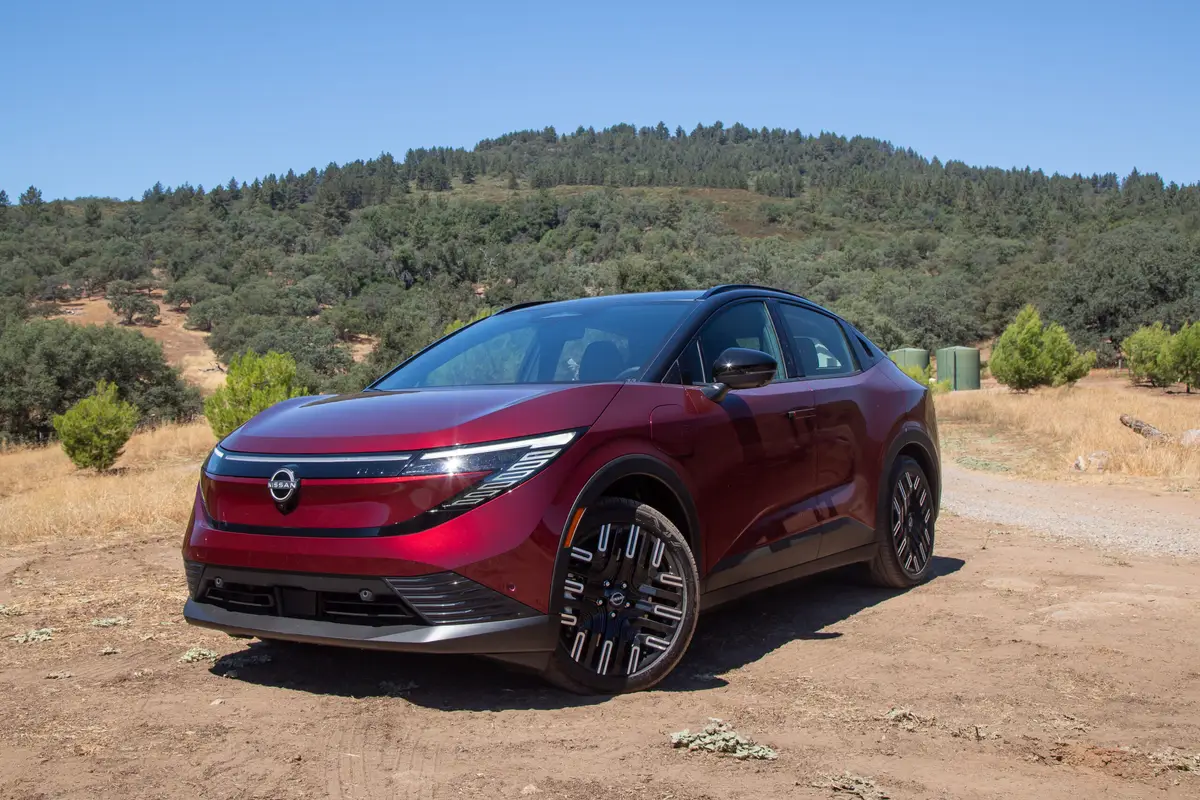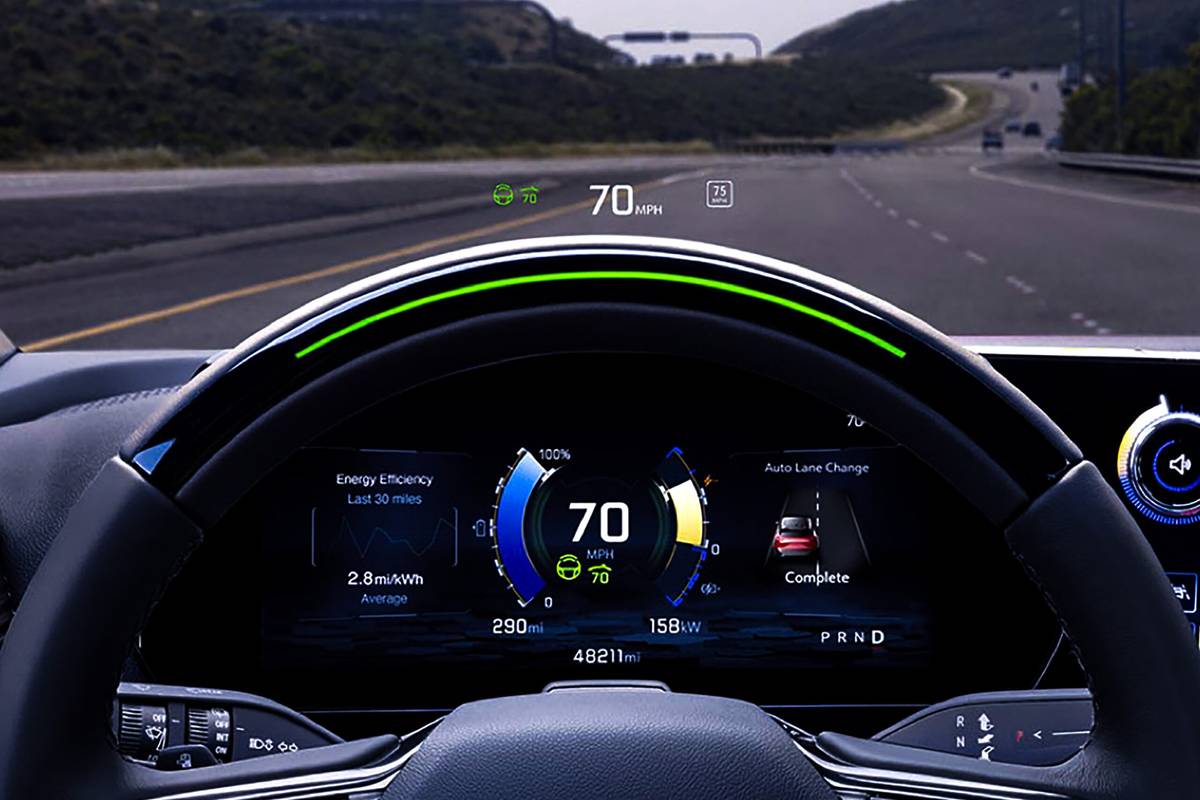How to Win the Car Financing Game


Knowing that the car dealership is where fear usually sets in for many car shoppers, buyers often ask what to do once they’re in the hot seat. In fact, most of what you can and should do happens not just before your butt’s in the hot seat, but before your foot’s in the door. This game is all about preparation: knowing what you need to know about the car, the price, financing, insurance and more. Whether you are getting a car loan from a bank or credit union or taking advantage of dealer financing, there are several things that need to be taken into consideration before you visit the dealership.
Related: Buying a Car: Cash, Lease or Loan?
Determine as many of the following points as possible before you visit any dealers, starting with the price you expect to pay and how much you can afford for a monthly payment on your auto loan. For an easy-to-use reminder, check out our Car Loan Calculator, which you can take with you to the dealership.
The Price You Pay
Chances are, you know roughly what car you want and can estimate what you’ll need to pay. One of the best ways to determine the full price of a car equipped with all the features and options you want is to build your own in the Cars.com Research section. It lets you compare trim levels and options, view inventory on dealer lots and read Cars.com articles and reviews, as well as watch videos about the vehicle. The trim comparison allows you to quickly compare various trim levels of the vehicle and provides the MSRP. Once you’ve identified the car you want, you can click the “Shop now” button to see what’s available on dealer lots in your area (just put in your search area’s ZIP code and search radius) and how much they cost.
Once you have an idea of what the car should cost based on that research, we recommend coming up with four figures to work with:
- A conservative price for the purpose of determining what you can afford: When estimating the sale price on which to base your affordability calculations, don’t assume you’ll get a deal closer to invoice than to sticker price. There’s always a chance the cars on the lot will have different features or accessories to consider before the deal is done (or options and services you can add later), so you’re better off assuming the purchase price will be on the high side.
- The price at which you’ll start your negotiation: Even if you suggest an atmospherically high price, it’s the salesperson’s job to try to “bump” you up, so you need to start low and reach a compromise between your starting figure and what salespeople tend to call their “best price.”
- The absolute maximum you will pay for the car: This figure, which could be close to the conservative price above, should be kept to yourself. The salesperson’s goal is to get you to pay above that amount, so revealing it doesn’t help.
- The maximum you tell the dealer you will pay: The dealer may ask what you want to pay or the most you’re willing to pay. If you give a number, they’ll almost certainly say, “Up to …” Already they’re suggesting that your high isn’t a high; it’s the low end of a range. The appropriate answer is “Yes,” as in “up to the amount I just gave you.”
Car salespeople want to talk about what you can afford to spend each month paying back your auto loan. Why? Because it’s easier for you to lose sight of how much you’re paying for the car and the loan overall if the monthly car payments are low enough, and because many consumers themselves focus on the impact on their monthly budget. It’s also a lead-in for the dealer to broker your financing rather than allowing you to get an auto loan through your own bank or credit union. The best way to avoid confusion is to negotiate the transaction price of the car alone, leaving out the issues of financing, interest rates, trade-ins, etc.
Now, in fairness, dealers aren’t in the business of giving away cars or loan money. If you refuse to discuss anything beyond the car’s price, salespeople may assume the car sale is their only opportunity to make a profit. If you’re financing through the dealer, there’s a chance you can negotiate a lower price for the car because their profit will come from the whole deal, including the interest rate on the loan. It’s a balancing act, but many buyers prefer to keep it simple, even if it means a higher transaction price.
If you get into a discussion of monthly car loan payments and the salesperson experiments with different loan lengths, down payment amounts and such, keep an eye on the purchase price and the total cost for the loan once it’s paid off. It will change: A $10-a-month increase adds $600 to a car financed with a five-year loan. Fixate on that rather than getting caught up solely on how much your monthly payment will be.
It’s also a good idea to be aware of your credit score or get preapproved before beginning the car-buying process. Knowing your credit score will help you determine what type of interest rate you should expect whether you finance through a dealer or through a bank or credit union.
Available Incentives
Consumer incentives are usually offered nationwide and are spelled out pretty clearly. Understand ahead of time that the highlighted annual percentage rates are always for specific terms and that they’re restricted to buyers with the best credit scores. In other words, you might not qualify for a 0% auto loan (typically, no more than 15% of applicants do). Cars.com also covers incentives, so be sure to check those out before shopping.
Note that incentives, unlike dealer specials and tent sales, have a specific start and end date, which we also provide. If you delay your purchase, be sure to recheck when it’s time to buy.
Trade-In Value
If you plan to trade in your current car, it’s best to know what it’s worth; that amount will be subtracted from the new-car price you’ve negotiated, effectively lowering the purchase price as well as your monthly payments. The effect is similar to making a down payment, driving down the amount you will have to finance. In some states, it also lowers the sales tax, while others require you to pay for the unadjusted sale price.
When you eventually go to a dealer, check on your car’s value that same day. The valuations change frequently, and the salesperson may flip their computer screen around and say, “Look for yourself, that’s not what we see.” It can’t hurt to find multiple sources of used-car values, which tend to vary from one provider to another. Dealerships may have access to many, and whichever has the lowest value might be “the standard” that they use. Once a salesperson introduces doubt, you’ve lost the edge.
Even though selling your car yourself typically results in a higher payoff, most buyers don’t want the hassle. That doesn’t mean you can’t bring it to another used-car dealer or two (you may find your best bet at a dealer of the same brand) and see what they offer you. To avoid getting roped into a sales pitch, tell them you don’t use it and just want to sell it, not that you’ll soon buy a new car. If the used-car sales manager makes you an offer, say you’ll think about it and ask if the offer will stand and for how long. Come trade-in time, if the new-car dealer offers you less money for the car, you can use your standing offer to negotiate a better price on the spot, or take that offer as your backup plan.
Loan Options
If you’re financing your new car, as a vast majority of new-car buyers do, the way to get the best annual percentage rate is to find out your credit score, then shop around for loans before you go to the dealership.
A dealer might have the best interest rate for you, especially if it comes from a manufacturer-financing program, but the only way you’ll know is if you enter the dealership’s finance and insurance room (known as F&I in dealer lingo) armed with knowledge. Before hitting the sales lot, make note of your best loan offer’s APR and terms of use in negotiating, or rejecting, the dealer’s offer.
Insurance Options
As the “I” in F&I suggests, dealers also sell car insurance. It’s not the most popular source, but some buyers like to consider all their costs at once and get it over with. Once again, if you shop around for insurance and are prepared with rates from other providers, you’ll know whether the dealer’s plan is worth considering.
How Far Will You Go?
We recommend that you bring all of these quotes, costs and current printouts with you to the dealer, but you’ll also want to consider how flexible you’re willing to be. You might arrive at the dealership to find only the loaded or most basic versions of the car you want on the lot, not the in-between one you’d hoped for. Dealers always want to sell you what they have in stock before checking with other dealers or ordering it to spec from the factory. They want to close a deal today, and they tend to stock loaded models knowing that impatient buyers will pay more if it means instant gratification. Do you have the patience to wait or the time to check other dealerships? Whether you do or don’t, it’s best to appear as if you have time on your side.
If the negotiations drag on, your most potent tactic is to walk toward the door. They don’t want you to go. Chances are you won’t come back, and you could easily take their “best offer” to another dealership (especially if you live in a region with several dealers of the same brand) and use it to negotiate a better deal there. Once you’ve stood up, the proceedings may speed up and asking prices may come down. Use this to your advantage. As with financing, insurance, trade-in value and virtually anything else you buy, the best deal on a car comes from shopping around.
Related Video:
More From Cars.com:
- How to Get a Car Loan
- Can a CPO Car Help You Get a Better Auto Loan Rate?
- Should I Buy a New, Used or Certified Pre-Owned Car?
- Find Your Next Car
Cars.com’s Editorial department is your source for automotive news and reviews. In line with Cars.com’s long-standing ethics policy, editors and reviewers don’t accept gifts or free trips from automakers. The Editorial department is independent of Cars.com’s advertising, sales and sponsored content departments.

Former Executive Editor Joe Wiesenfelder, a Cars.com launch veteran, led the car evaluation effort. He owns a 1984 Mercedes 300D and a 2002 Mazda Miata SE.
Featured stories

Should Tesla Model Y Owners Get the New 2026?


2026 Nissan Leaf Review: Value Victory


